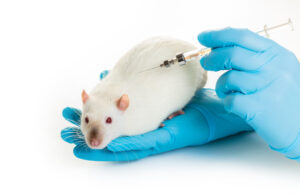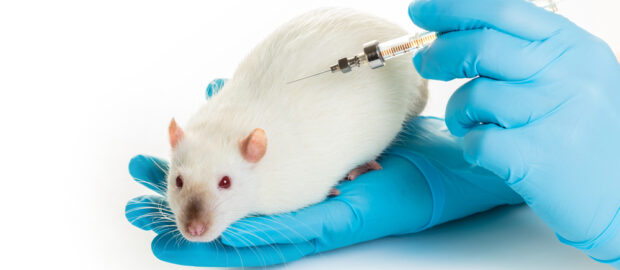
Using the power of hindsight 20/20, maybe the medical and scientific community should have done some safety studies on the mRNA COVID shots before rushing headlong into vax mandates and insistence that the shots are safe for pregnant women and their babies.
The medical community also could have simply listened to us “misinformation spreaders” who were paying attention from the very beginning and trying to warn people that something was off.
A team of prestigious doctors and scientists have now published the results of a study that shocked them. Many of the male pups born to mother rats that they injected with the Pfizer vaccine have autism like behaviors.
Researchers at Izmir Katip Celebi University, Istinye University, Afyon Kocatepe University, and Demiroğlu Bilim University (all Turkish medical schools) decided to conduct some studies with the Pfizer COVID shot, after they noticed a pattern of babies developing autism have the mothers had been vaxed. They injected pregnant rats with the mRNA BNT162b2 vaccine (the Pfizer shot) and then tracked the neurological development of the babies after they were born.
This is a slightly different strategy than Pfizer itself used during its own safety trials. Pfizer injected pregnant rats with the shot. When the babies were born with skeletal deformation and other major shots, they killed all the rats and then tried to hide the study from the public for 75 years. (Science!)
From the results of the study:
“Male rats exhibited pronounced autism-like behaviors, characterized by a marked reduction in social interaction and repetitive patterns of behavior. Furthermore, there was a substantial decrease in neuronal counts in critical brain regions, indicating potential neurodegeneration or altered neurodevelopment. Male rats also demonstrated impaired motor performance, evidenced by reduced coordination and agility.”
Any parent of an autistic child can tell you that that sounds an awful lot like autism. Is there reason to be skeptical of this study? Sure. That’s what science is all about.
Just because the Pfizer vaccine causes more than 1,200 potential harmful side effects, including many neurological diseases, doesn’t mean that it can cause human babies to be born with autism. Then again, have you ever heard of anything else causing autism in rats prior to this study? Have you ever heard of autism in rats at all, in any situation?
None of the baby rats in the control group, in which the mothers were injected with a saline solution, exhibited any of the “autism-like” symptoms. The male pups born to mothers injected with the Pfizer shot were all abnormally afraid to socialize with other rats and actively avoided novel situations that were introduced to them. The scientists used all the usually widely-accepted tests on rat development that have been established over decades of working with rats in an experimental setting.
The neuronal CA3 counts in the Pfizer baby rats were approximately one-third lower than in the baby rats in the control group. While this doesn’t prove with certainty that the COVID shots can cause autism in humans, these neurons are responsible for the spatial intelligence and general cognition in mammals and human beings. In a nutshell, rats born to vaccinated mothers are 30% less intelligent than rats born to unvaccinated mothers. The male babies were impacted much worse than the females.
We know from earlier research that the spike proteins in the mRNA can pass through the placental barrier from a human mother to her unborn baby, despite all the insistence from the CDC that these shots are safe for pregnant women. We still have no idea at this point what the effect of this is on the neurological development of unborn human babies.
What we do know is that it had a significant impact on birth rates, particularly when it comes to miscarriages and stillbirths after women trusted the liars at the CDC. It will be a few more years before we’re able to detect a huge spike in autism rates that have resulted from the COVID shots.
You can read the study in the Neurochemical Research journal HERE.







2 Comments